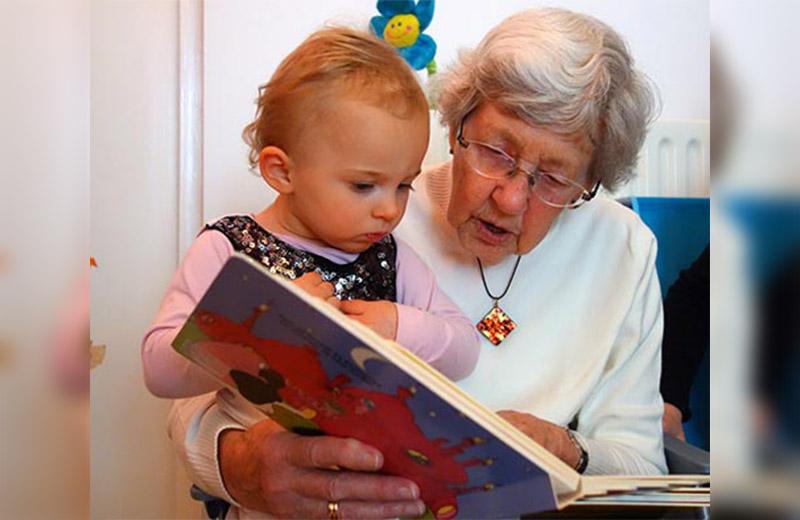Importance of reading
In this day and age, every parent of a preschooler has heard about the importance of reading to his or her child. These moments between caregiver and child are an important first step in a child's literacy journey. Before learning to read, a child has to develop a variety of skills in the following three areas:
- Alphabet knowledge
- Phonological awareness and
- Vocabulary and oral language
Alphabet knowledge is the ability to name and distinguish the shapes of letters. Phonological awareness refers to knowledge of the sounds of language, independent of the letters. This includes tasks such as rhyming and determining what sounds a word starts or ends with. Finally, vocabulary and oral language refer to the number of words the child understands and uses, as well as their ability to understand and use different kinds of sentences. All of these skills can be developed through shared book time.
Develop oral language skills
Caregivers can make book time even more valuable by reading with your child rather than to your child. Some of the best books to promote conversational book reading are actually books with no words at all. The last skill area mentioned, vocabulary and oral language, is especially easy to work on when using wordless picture books. By not having written words limiting you, the story can become anything you want it to be! A child's imagination can take centre stage as they provide their own dialogue for the story. You can help them tell their story by providing them with a model ("I think …") or sometimes a question ("What's happening on this page?" "What might happen next?") Simply describing the picture on each page can be a great activity to develop oral language skills.
Because there is no print, it can also be easier to work on phonological awareness as your child can concentrate on just the sounds and not the letters. Try to think of some rhyming words for pictures on the page.
Wordless picture books are a great way to enjoy a slightly different kind of story time with your child. By turning reading time into a conversation, you are able to better promote those essential pre-literacy skills.
Wordless books to explore
- A Boy, a Dog, and a Frog (by: Mercer Mayer); age level 0-3; reading level: pre-reader
- Good Night Gorilla (by: Peggy Raithmann); age level 3-6; reading level: pre-reader
- Find the Kitten (by: Stephen Cartwright); age level 2 and up; reading level: pre-reader
- Good Dog Carl (by: Alexandra Day); age level 3-6; reading level: pre-reader
- Pancakes for Breakfast (by: Tomie de Paola); age level 3-6; reading level: beginning reader
- Inside Outside (by: Lizi Boyd); age level 3-6; reading level: beginning reader
- Banana! (by: Jonathan Allen); age level 3-6; reading level: preschool
Find books at your local library!
Learn more about Northern Health's Speech and Language Program.














Comments